Classroom Resources
Energy Resources for Teachers
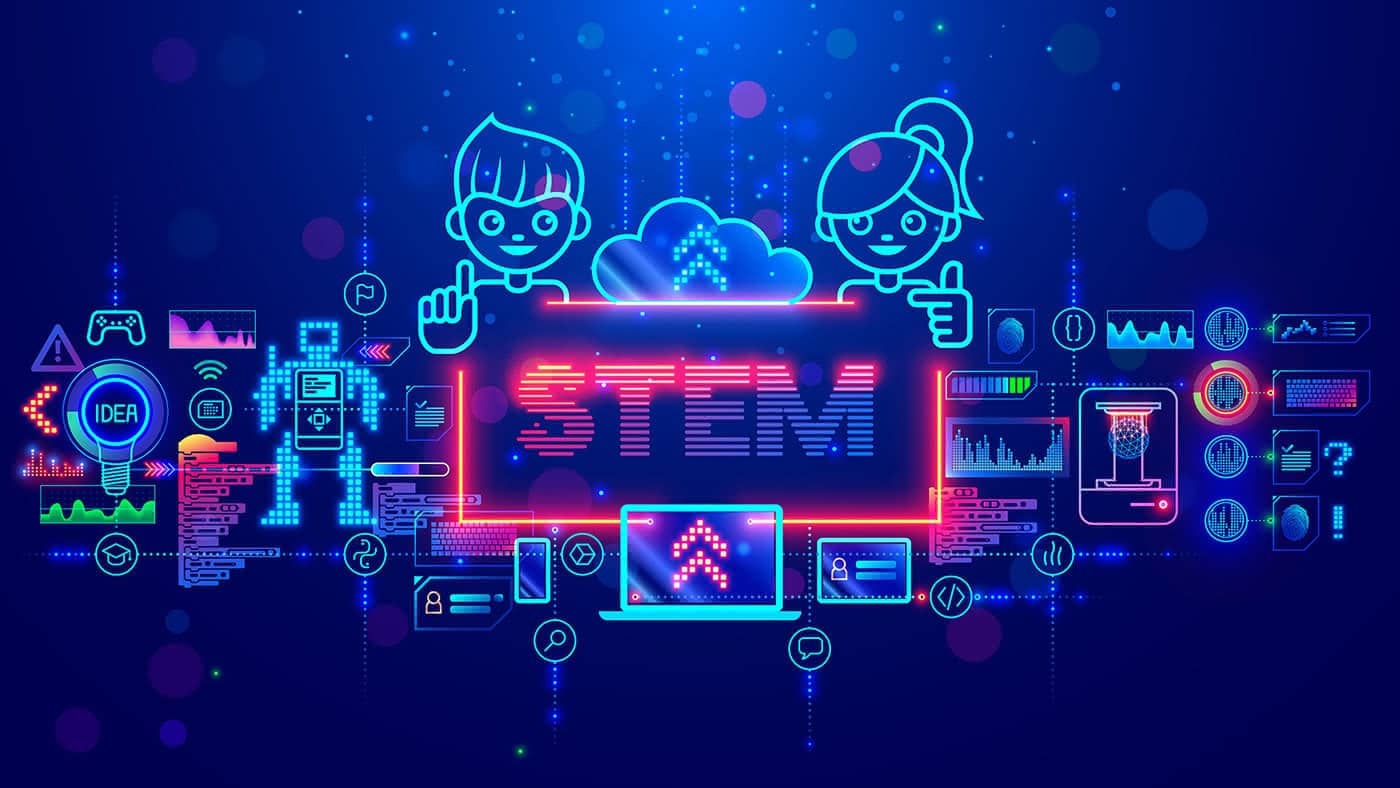
Plan Your Lesson: STEM Activities for Your Students
Choose your lesson. Use the filter to find lessons that match the STEM or STEAM standards you want to teach.
- Science
A Bright Idea: What Are Conductors, Insulators, and Circuits?
Science as InquiryEnergy Sources, Forms and TransformationScience and TechnologyPersonal and Social PerspectivesScienceCircuits, Conductors, and Insulators
Science as InquiryEnergy Sources, Forms and TransformationScience and TechnologyPersonal and Social PerspectivesScienceElectric Home Safety Checklist
Science as InquiryPersonal and Social PerspectivesScience and TechnologyEnergy Sources, Forms and TransformationScienceHistory of Electricity
Personal and Social PerspectivesScienceIt's Electric
Energy Sources, Forms and TransformationPersonal and Social PerspectivesScience and TechnologyScience as Inquiry - Technology
A Bright Idea: What Are Conductors, Insulators, and Circuits?
Problem Solving and Decision Making ToolsTechnologyCircuits, Conductors, and Insulators
Communication ToolsProblem Solving and Decision Making ToolsTechnologyElectric Home Safety Checklist
Communication ToolsProblem Solving and Decision Making ToolsProductivity ToolsResearch ToolsTechnologyHistory of Electricity
Communication ToolsProblem Solving and Decision Making ToolsResearch ToolsTechnologyIt's Electric
Communication ToolsProblem Solving and Decision Making Tools - Engineering
A Bright Idea: What Are Conductors, Insulators, and Circuits?
Historical PerspectiveDesign and ModelingInvention and InnovationTest Design and TroubleshootingUse and MaintainEngineeringCircuits, Conductors, and Insulators
Historical PerspectiveDesign and ModelingInvention and InnovationTest Design and TroubleshootingUse and MaintainEngineeringElectric Home Safety Checklist
Historical PerspectiveEngineeringHistory of Electricity
Historical PerspectiveEngineeringIt's Electric
Design and ModelingHistorical PerspectiveInvention and InnovationTest Design and TroubleshootingUse and Maintain - Math
A Bright Idea: What Are Conductors, Insulators, and Circuits?
Connection to the Real WorldMathCircuits, Conductors, and Insulators
Connection to the Real WorldMathElectric Home Safety Checklist
Numbers and OperationsData Analysis and ProbabilityConnection to the Real WorldMathIt's Electric
Connection to the Real World - Activities
A Bright Idea: What Are Conductors, Insulators, and Circuits?
Science as InquiryEnergy Sources, Forms and TransformationScience and TechnologyPersonal and Social PerspectivesProblem Solving and Decision Making ToolsHistorical PerspectiveDesign and ModelingInvention and InnovationTest Design and TroubleshootingUse and MaintainConnection to the Real WorldActivitiesCircuits, Conductors, and Insulators
Science as InquiryEnergy Sources, Forms and TransformationScience and TechnologyPersonal and Social PerspectivesCommunication ToolsProblem Solving and Decision Making ToolsHistorical PerspectiveDesign and ModelingInvention and InnovationTest Design and TroubleshootingUse and MaintainConnection to the Real WorldActivitiesElectric Home Safety Checklist
Science as InquiryPersonal and Social PerspectivesScience and TechnologyEnergy Sources, Forms and TransformationCommunication ToolsProblem Solving and Decision Making ToolsProductivity ToolsResearch ToolsHistorical PerspectiveNumbers and OperationsData Analysis and ProbabilityConnection to the Real WorldActivitiesHistory of Electricity
Personal and Social PerspectivesCommunication ToolsProblem Solving and Decision Making ToolsResearch ToolsHistorical PerspectiveActivitiesIt's Electric
Energy Sources, Forms and TransformationPersonal and Social PerspectivesScience and TechnologyScience as InquiryCommunication ToolsProblem Solving and Decision Making ToolsDesign and ModelingHistorical PerspectiveInvention and InnovationTest Design and TroubleshootingUse and MaintainConnection to the Real World

Classroom Presentation
In-person classroom presentations can be scheduled if available in your area.
Links can be posted to classroom software for families to review together.
A download is available for classrooms participating in teacher-directed programs.
Energy Safe Kids Presentation
Electric Safety

Booklet Resources
Build your knowledge using the activity booklet. Click on the booklet and learn how you can help your students be Energy Safe Kids.
Student Electric Safety Booklet
Explore electric safety with your family.

Teacher Survey
2025-26 Academy of Electric and Natural Gas Safety Education Program
To help us provide a quality safety education program in the future, we would appreciate your feedback in order to make improvements. You can also share feedback directly with us at energysafety@nef1.org.
We appreciate your time! You will be entered to win a $50 Amazon Gift Cards for completing this short program evaluation.
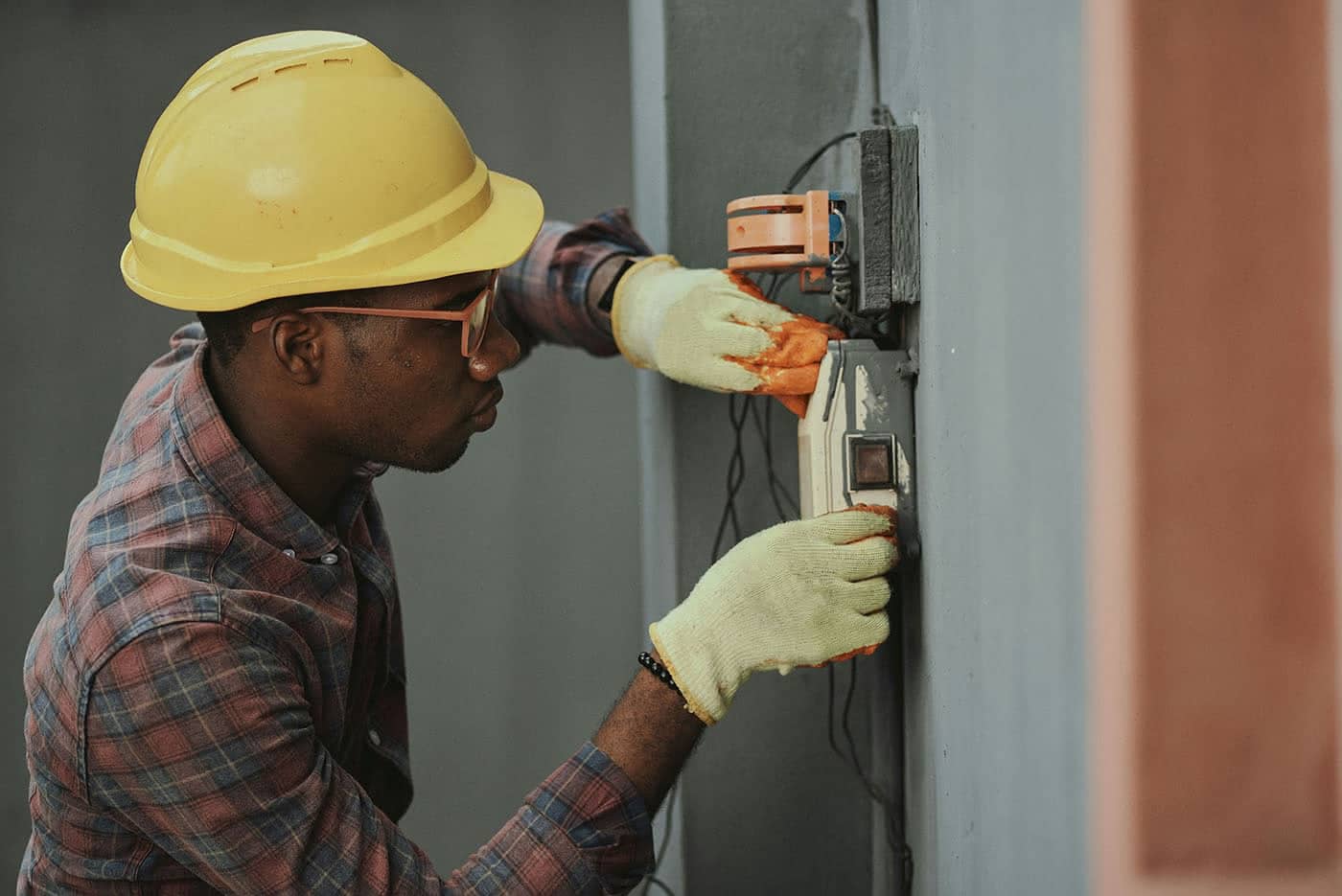
Electrical Careers
Students can discover their strengths and interests and then explore career possibilities that would be satisfying and a good match with their abilities. There is a high demand for workers in the energy field to help provide our energy needs for the future.
There are many opportunities with excellent wages, from high-tech jobs requiring advanced degrees to those only requiring high school diplomas. Whether a person wants to work in an office or outdoors, there is an energy career to consider! Visit your local utility's website to learn more about career paths and energy careers in your community.
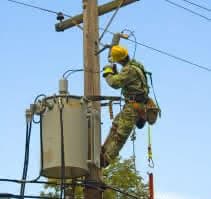
Line workers are responsible for transporting equipment to a job site and installing it. They repair cables, wires, transmission and distribution equipment that power buildings. Power lines, solar water heaters, photovoltaic panels, geothermal heat pump systems and many more systems need line workers. A high school diploma is necessary and a two year degree is optional. Salary range: $48,000 to $120,000

An engineer is a problem-solver who works with electricity grid diagrams, leading projects, collecting data, improving productivity and supporting environmental, health and safety activities. An engineering degree in electrical or mechanical engineering is required. Salary range: $49,000 to $130,000

An auditor completes estimations and inspections for energy equipment and the construction of buildings to make them energy efficient. They prepare reports summarizing energy analysis results and recommendations for energy cost savings. A high school diploma is necessary and a two year degree is optional. Salary range: $37,000 to $102,000

Operators manage the controls of power generation equipment that uses fossil fuels, nuclear or hydropower. A high school diploma is necessary and a two year degree is optional. Salary range: $44,000 to $93,000

A safety manager examines job sites, analyzes project materials and determines disposal methods. They comply with building codes and government regulations. A bachelor's degree and some years of experience (varies per company) are required. Salary range: $62,000 to $117,000

A solar technician assembles, installs or maintains solar photovoltaic (PV) systems on roofs or other structures in compliance with site assessment and schematics. May include measuring, cutting, assembling and bolting structural framing and solar modules. May perform minor electrical work such as current checks. A high school diploma or GED is necessary and while most companies prefer some experience, many will provide on-the-job training. Salary range: $44,000 - $62,000
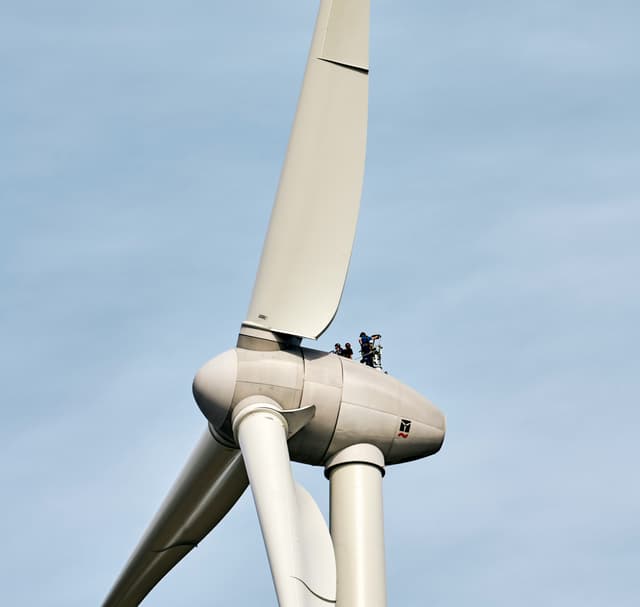
A wind technician assembles, installs or maintains wind turbines mostly in rural areas. A safety harness is worn to climb the towers when performing inspections. They conduct testing of the electrical, mechanical and hydraulic parts. They also maintain underground transmissions, such as fiber-optic cables. A high school diploma or GED is necessary and typically one to two years of on-the-job training. Salary range: $44,000 - $67,000
A meter technician installs and replaces meters as well as maintains them. Salary range: $41,000 to $47,000

Surveying and mapping technicians collect data and create maps of the earth's surface to support construction, mining, boundary location and other purposes. Salary range: $37,000 to $70,000

A dispatcher's job is to respond to calls, provide information and coordinate the activities of people working. They retrieve information from relevant departments to answer questions and provide assistance. Salary range: $34,000 to $99,000
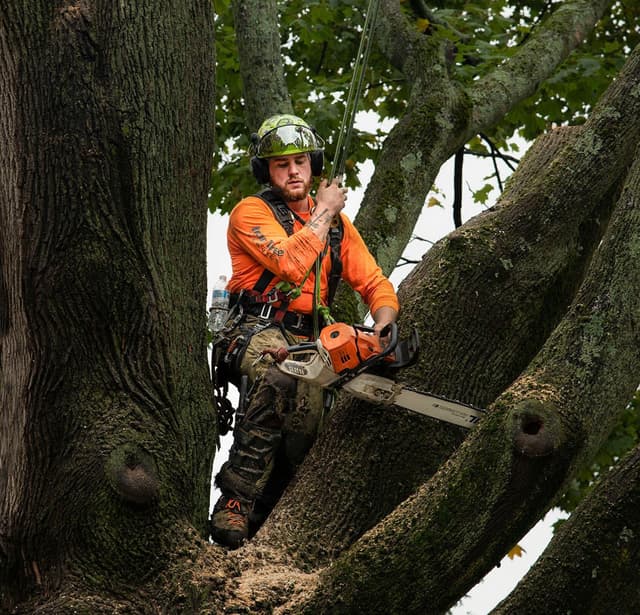
Arborists are tree care professionals who maintain the health and safety of trees and shrubs. They recommend removing damaged or diseased trees that pose a safety hazard. Salary range: $46,500 to $60,675